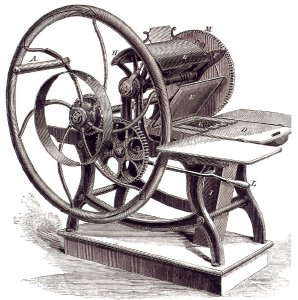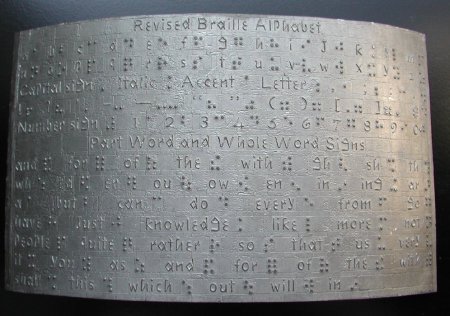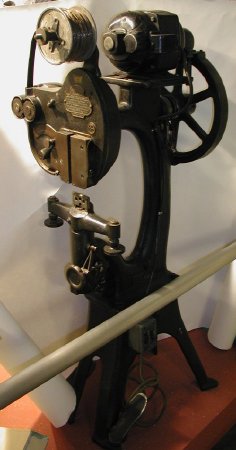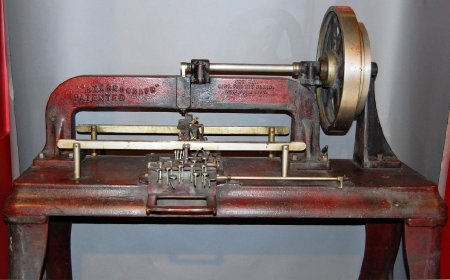The earliest efforts to make reading possible for blind people employed a tactile version of the Roman alphabet. The first such book was printed in Paris, France in 1786 by Valentin' Hauy. Later inventors experimented with tactile codes. Louis Braille's system based on raised dots, first published in 1829, was eventually adopted around the world. In 1858, the American Printing House for the Blind was chartered in Louisville, Kentucky. APH produced its first book in 1866 in the basement of the Kentucky School for the Blind using the raised letter font known as Boston Line. In 1879, Congress designated APH as the official source of educational materials for blind students in the U.S. The invention of the braille stereotype maker in 1893 led to an explosion of reading material for the blind.



